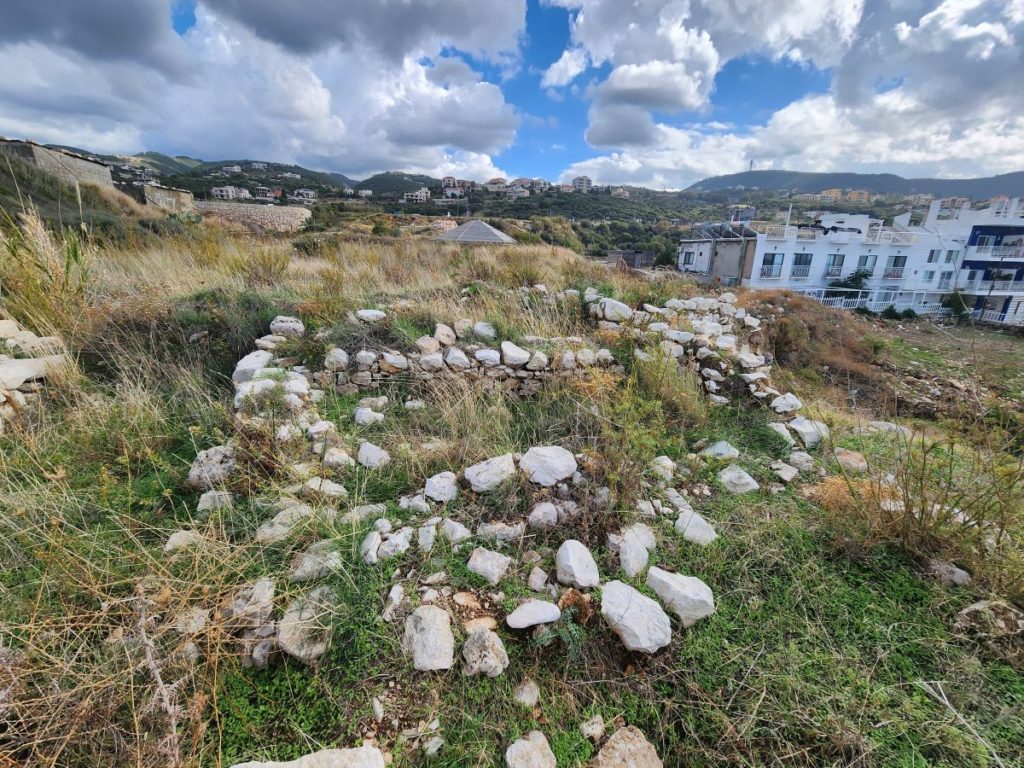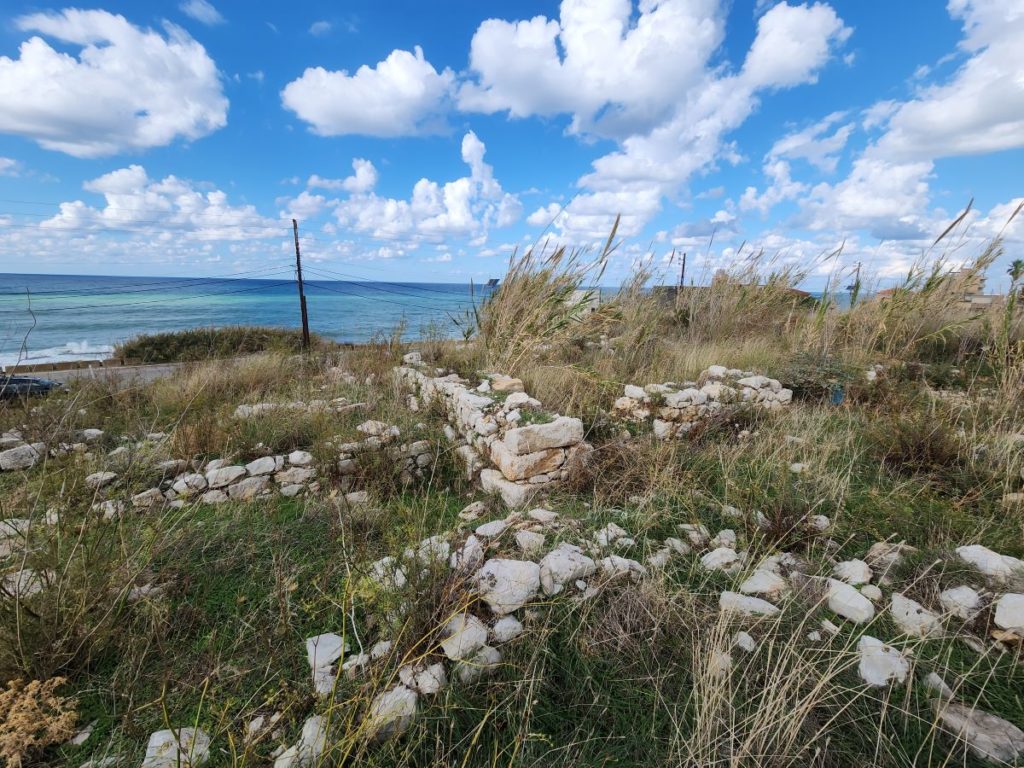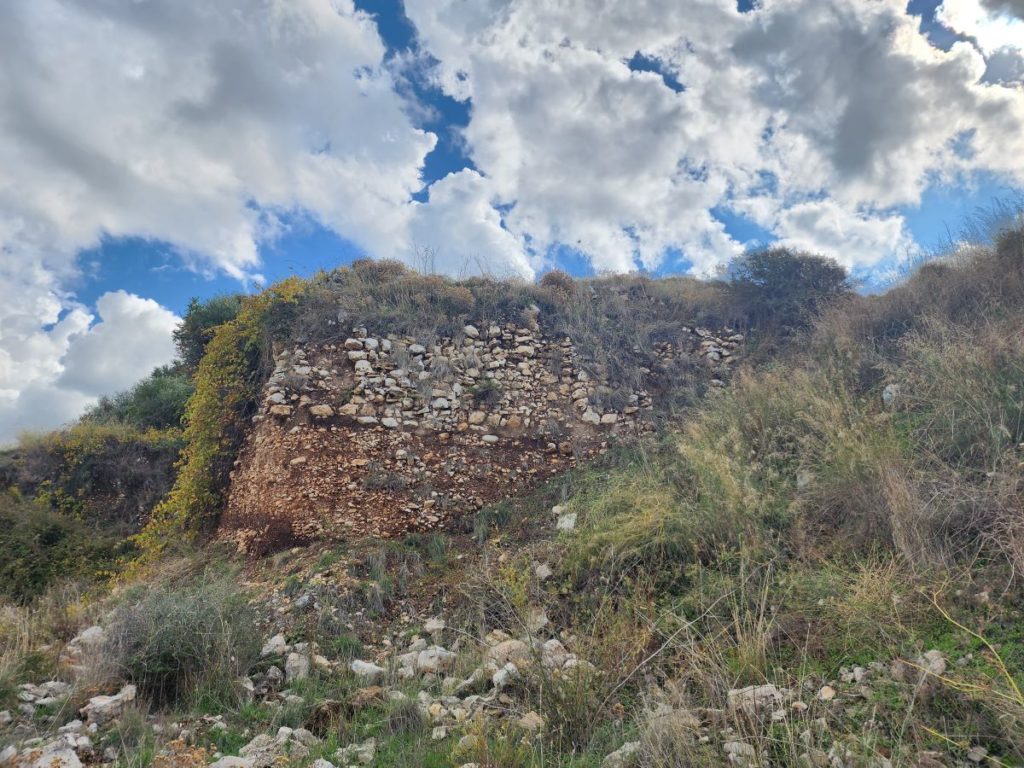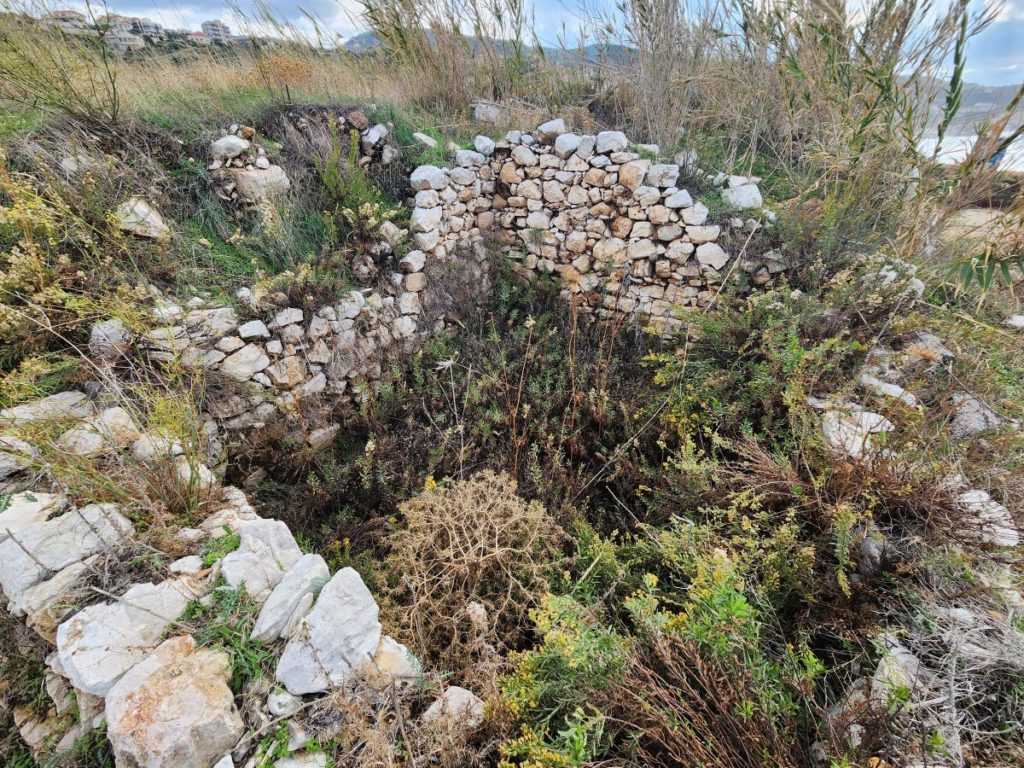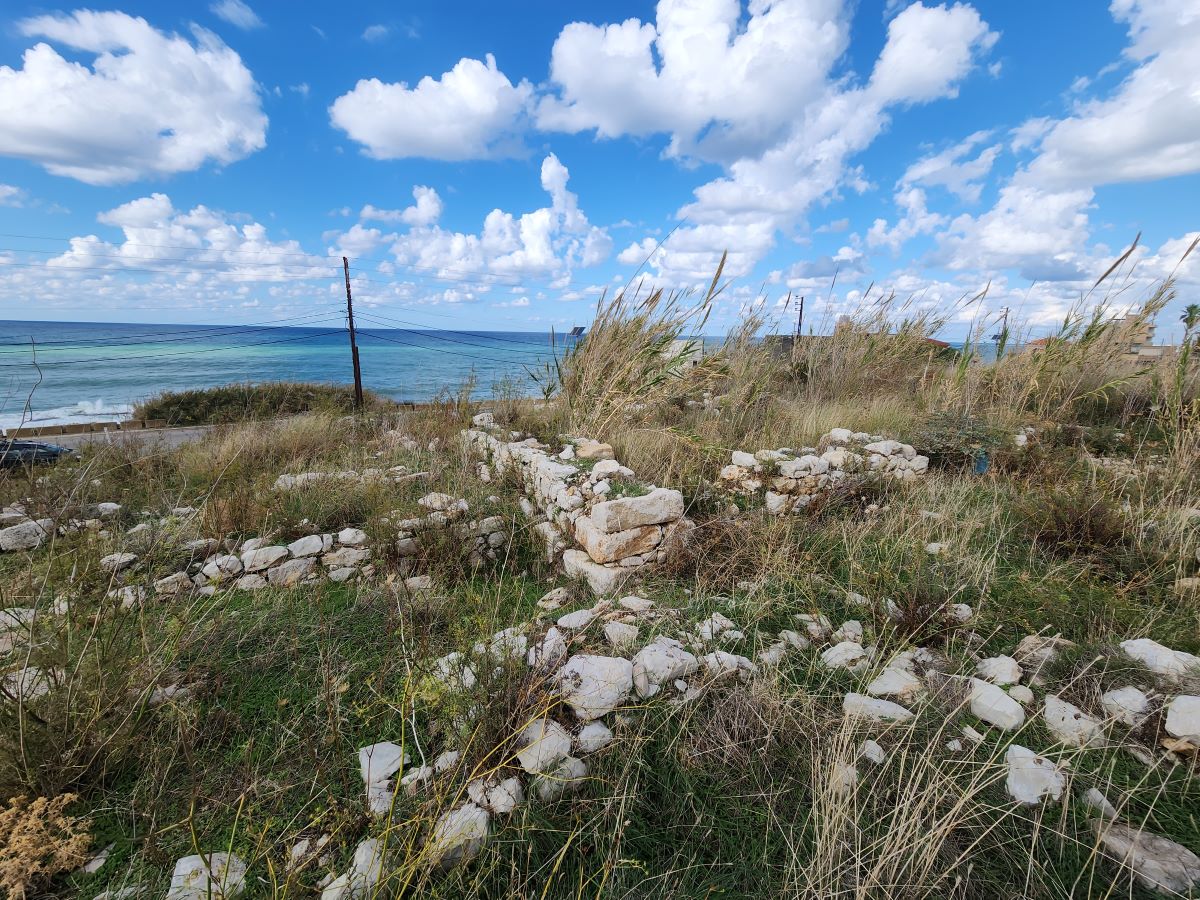The town of Fadous, south of Batroun, features a 5,000years old settlement. The site was excavated since 2004 by a team from the American University of Beirut.
Site
Modest in size, 1.5 ha, the site has revealed an occupation that dates back to the 4th, 3rd and 2nd millennia BC, that corresponds to the beginning of the Canaanite period.
The settlement is accessible through a monumental staircase that leads to an entrance pierced in a double enclosure to the south. In the center of the settlement stood two public buildings. One consists of an imposing columned hall measuring 8x6m, and another has several units, including a room for storing food.
The site consists as well of two residential quarters, separated by alleys about two meters wide and divided into several housing units. The constructions are made with rubble stone walls and clay mortar. They were once covered by flat roofs made of a layer of mud composed of branches and clay, supported by wooden beams. The floors were limed and had column bases whose massive foundations suggest that these buildings had several floors.
Findings
Several objects were unearthed, such as:
– Jars for storing food, jars and jugs for serving it, bowls and dishes.
– Some pottery from Egypt, then in close economic relationship with the Levantine cities.
– Tools related to textile manufacturing such as spindle whorls and loom weights.
– A cylindrical bone tube having served as a container for pigments probably used as cosmetics.
– Two ovens spotted in the houses attest to the production of bread.
– Cylinder seals were found there, no doubt used by the authorities to seal official documents. Seals were worn around the neck, made on site from different materials: bone, ivory, limestone and terracotta. Archeologists found on some pottery the imprints of these seals: geometric or animal motifs, and even human figures.
– A bone rod 10 cm long, perforated, has been identified as the beam of a scale – the oldest in the Levant it seems – which was used to weigh small objects, such as precious metals.
The objects discovered provide a proof of the administrative role played by this modest settlement, which undoubtedly belonged to the political and economic sphere of its neighbor, Byblos.
Karim Sokhn
Tour Operator & Tour Guide
Reference:
http://www.lorientjunior.com/article/1092/tell-fadous-le-site-archeologique-de-kfarabida.html
